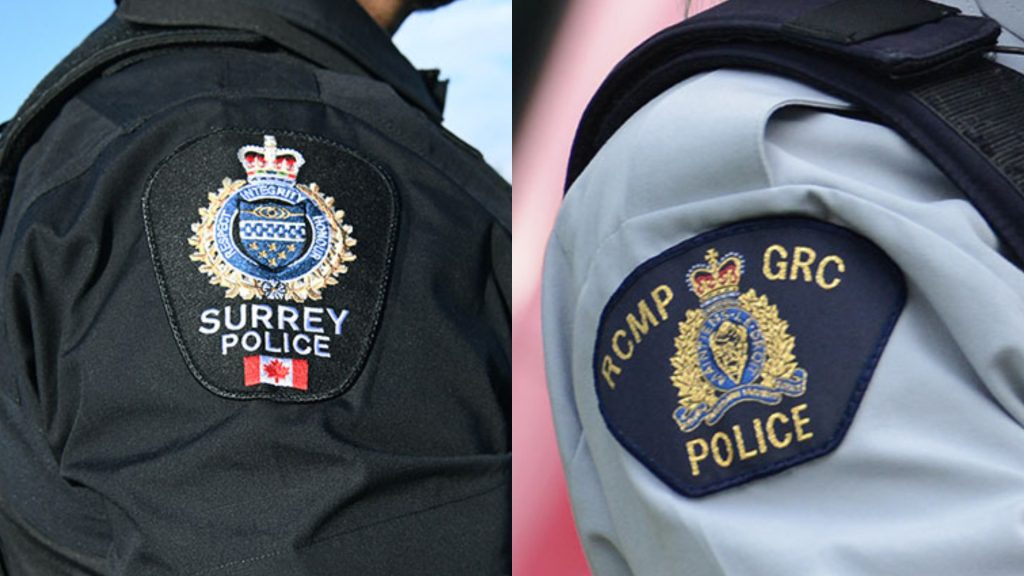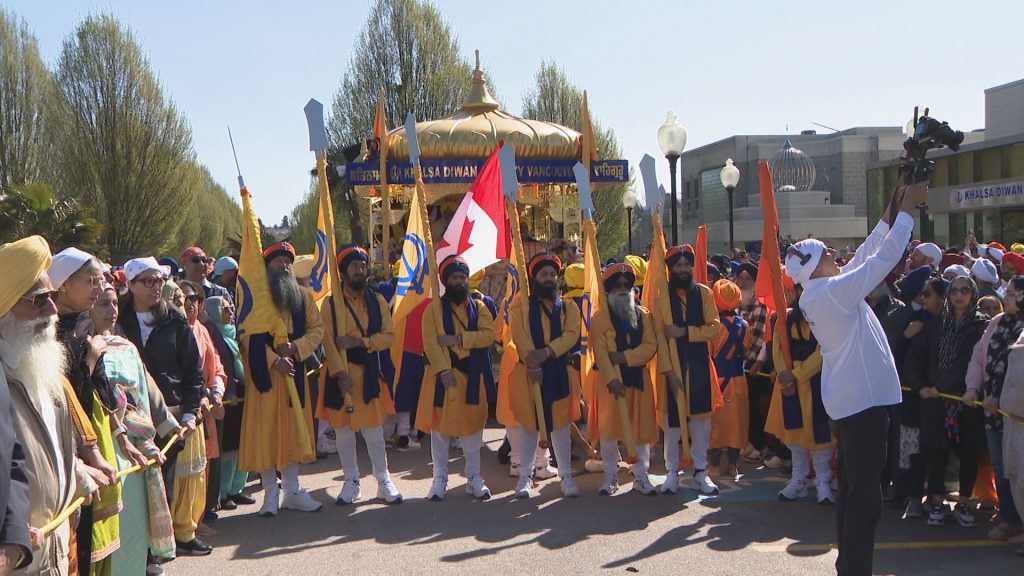US restrictions on flights from India close loophole for Canadians
Posted April 30, 2021 10:22 pm.
Last Updated April 30, 2021 10:34 pm.
VANCOUVER (NEWS 1130) — Incoming restrictions on flights from India into the U.S. are going to make it more difficult, and more costly, for Canadians to get home.
Canada’s ban, announced last week, does not apply to flights coming through a third country, although there are measures in place to discourage that. Canada does require passengers transiting through a third nation to go through customs in that country and remain there until they obtain another negative COVID-19 test. Only then can they board their flight to Canada.
With flights into the U.S. still allowed Canadians could fly into a border state, and find a way into their home country by land.
Starting Tuesday, flights into the states from India will be heavily restricted. The White House announced the move Friday, citing a devastating rise in COVID-19 cases in the country and the emergence of potentially dangerous variants of the coronavirus.
President Joe Biden said the CDC has concluded that “proactive measures” are needed to protect public health from travelers from India. With 386,452 new cases Friday, India now has reported more than 18.7 million since the pandemic began, second only to the United States. The Health Ministry also reported 3,498 more deaths in the last 24 hours, bringing the total to 208,330. Experts believe both figures are an undercount.
RELATED: Trio of Canadians stuck in India after attending father’s funeral
Alison Wallace, a spokesperson for Flight Centre, said while there are still ways to get into the country, the options are narrowing.
“It’s definitely going to be a lot more restrictive for people. We have found that people are finding ways to get around all of the restrictions that have been placed to date. So it’s really about people — if they want to take the risk — there are ways to still get into the country, but it’s definitely a lot more challenging than it’s been,” she explains, adding the best option left is to travel to a country that is still offering direct flights to Canada or the U.S.
“It will certainly be a much more costly endeavour. First of all, there aren’t as many flights as there were pre-COVID. There’s less flights, there’s less inventory, less seats out there, there’s going to be more competition for it, and you’re going to have to take a more convoluted route.”
Overall, Wallace says these restrictions will likely deter most people from trying to return to Canada.
“It may be more costly or difficult for them to stay and be stuck where they are. It will really depend on the individual, but I would say the majority of people would be deterred by the cost, but it’s really dependent on each personal situation,” she says.
While she understands people may have valid reasons to travel, it’s impossible to predict how travel rrestrictions will change, and getting stranded is always a possibility.
“Obviously they’re going to be personal situations, and things that are considered essential travel for various people, but at the end of the day the longer this pandemic goes on the more difficult it’s going to be to get these restrictions lifted,” she says.
“Definitely people should keep in mind that when they’re travelling that these rules are changing daily in some cases, so they need to know as soon as they leave the country they are taking a risk and it could be a challenge getting back.”
All passengers arriving in Canada by land or air from any country have to show a negative COVID-19 test and quarantine for two weeks, with some exceptions for essential workers. Air passengers must quarantine for the first three days at an approved hotel awaiting a COVID-19 test result, and must test again 10 days after arriving.
With files from The Associated Press and The Canadian Press










